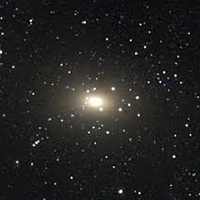
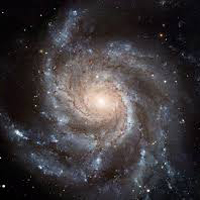
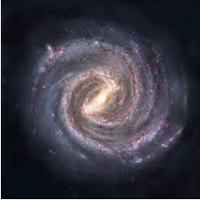
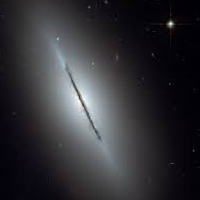
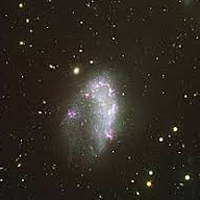
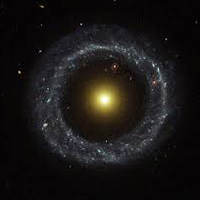
| Type/Morphology | Characteristics | Examples | Picture |
| Elliptical | Ellipsoidal profile, low interstellar matter, largest type of galaxy, denoted by E | Maffei 1 |  |
| Spiral | Spiral arms extending from center, dense interstellar matter, denoted by S | Pinwheel Galaxy |  |
| Spiral Barred | Central bar structure in center of galaxy, spiral arms extend from bar, denoted by SB | Milky Way Galaxy |  |
| Lenticular | In between elliptical and spiral, have a disk shape but no arms extending from center, denoted by SB0 or S0 | Spindle Galaxy |  |
| Irregular | No distinct shape, may have some structure or no structure, denoted by Irr-I or Irr-II | NGC 1427A |  |
| Ring | Mostly empty space, center with little matter, ring with many stars, denoted by S(r) | Hoag's Object |  |
| Milky Way Galaxy | |||
| Type | Diameter | Contents | Age |
| The Milky Way Galaxy is a spiral-barred galaxy. It has spiral arms extending from its core but it also has a defined bar reaching out from its center. | Our galaxy is between 150,000 to 200,000 light years wide. | The Milky Way contains 100-400 billion stars and 100 billion planets. It may also contain 10 billion white dwarfs, 1 billion neutron stars, and 100 million black holes. | It is approximately 13.51 billion years old and could have been born as early on as possible. |